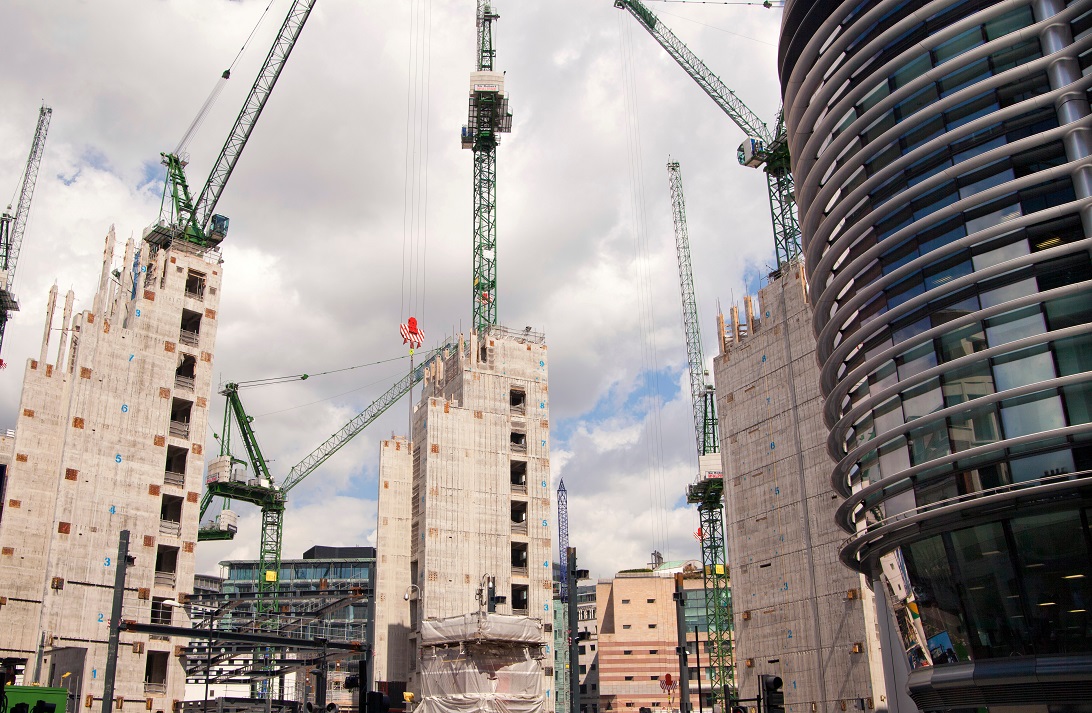
In the wake of the Grenfell Tower fire in 2017, and drafted in response to the proposals set out in Dame Judith Hackitt’s Independent Review of Building Regulations and Fire Safety, and the Building Safety Act 2022 (BSA) represents the most significant regulatory reform to the UK’s built environment industry since the Building Act 1984. Harrison Drury’s regulatory and compliance team outline the key provisions in the Act.
BSA is predominantly focused on England and Wales, with some sections also applying to Scotland and Northern Ireland. The provisions apply to all parts of the lifecycle of a building, from planning, design and construction to post-completion maintenance.
Accordingly, the provisions of the Act apply to planners, architects, developers, landlords and managers. BSA also introduces a more rigorous compliance and regulatory regime in relation to higher-risk buildings.
The key provisions of the Act are as follows:
- Defective premises claims, widening scope and extended limitation: BSA introduces a new section s.2A to the Defective Premises Act 1972 (DPA), whereby a claim can be bought as a result of extensions, refurbishments or rectifications rendering a property unfit for habitation. The limitation period for bringing claims against developers and contractors has also been extended. Under the DPA, claims could be brought up to 6 years from the date of practical completion. That timeframe has been extended to fifteen years for s.1 (i.e. unfit for habitation) and s.2A (as above) DPA claims accruing after 28 June 2022; and to thirty years for retrospective s.1 DPA claims.
- Building Act claims, bringing Section 38 into force and extended limitation: S.38 of the Building Act 1984 (BA) provided that claims may be brought in connection with physical damage (e.g. injury or damage to property) caused by a breach of building regulations, as at the time of construction. The provision had not previously been brought into effect, but BSA is set to do so. The provision will apply to all buildings, and not just dwellings. BSA also extends the limitation period for claims under s.38 BA accruing after June 28, 2022 to fifteen years.
- Building liability orders: Where just and equitable, the High Court may grant a building liability order to extend the liability of a company or LLP (and/or their associates) to make them joint and severally liable for DPA or s.38 BA claims resulting from building safety risk. Such an order may be applicable where a developer is a special purpose vehicle or has become insolvent.
- Constructions products, a new cause of action: BSA introduces a new cause of action against a manufacturer of construction products where such products have been mis-sold, are inherently defective, or where there has been a breach of existing construction product regulations. When the preceding is found to contribute to a building or dwelling becoming unfit for habitation, then a claim may be brought. The limitation period for claims accruing after 28 June 2022 is fifteen years, extended to thirty years for retrospective claims relating to defective cladding products.
- New build home warranties: All developers are required to provide a minimum 15-year warranty against construction defects in respect of all new build homes.
- New Building Safety Regulator: BSA establishes the Health and Safety Executive as the Building Safety Regulator (BSR). BSR will (i) oversee the safety, and related performance, of all buildings, (ii) implement the more rigorous safety regime for higher-risk buildings (see below), and (iii) assist and encourage competence across the building environment sector.
- Higher-risk buildings: BSA established a more rigorous regulatory regime for higher-risk buildings, which are classed as residential buildings in England, which are over 18 meters in height, or which have at least seven stories, and which contain at least two residential units.
All occupied higher-risk buildings are required to have at least one clearly identifiable ‘accountable person’. The ‘accountable person’ is responsible for (i) registering the building with BSR and obtaining a Building Assessment Certificate, prior to occupation; (ii) assessing the building safety risks and compiling and maintaining Safety Case Reports to prevent and/or mitigate building safety risks; (iii) complying with the ongoing engagement and participation obligations in respect of residents and compiling and maintaining Resident’s Engagement Strategy documentation.
BSA places a duty upon those engaged in planning, procurement, development and construction of buildings, to ensure that higher-risk buildings are safe and fully compliant with building regulations. Following the construction phase, ‘accountable persons’ will become the relevant duty-holders.
BSA requires that duty-holders or ‘accountable persons’ compile and maintain a ‘golden thread’ of information that runs through the life cycle of all higher-risk buildings. The information must be held electronically and be available to residents. The Government’s intended Golden Thread Regulations, currently at the pre-consultation stage, will define the responsibilities that duty-holders and ‘accountable persons’ must comply with.
There will doubtless be significant amounts of secondary legislation to be implemented to bring about the lasting change that BSA intends. In the meantime, the additional pressure of extended and widening obligations and liabilities in connection with the life cycle of buildings effected by BSA translates into greater compliance and regulatory burdens for businesses across the development and construction sector.
Professionals operating in the building and construction sector should ensure they are fully aware of their obligations pursuant to the new safety framework, well in advance of undertaking relevant projects. If you require further information or explanation of the new safety framework, please contact Harrison Drury’s regulatory and compliance team on 01772 258321.

